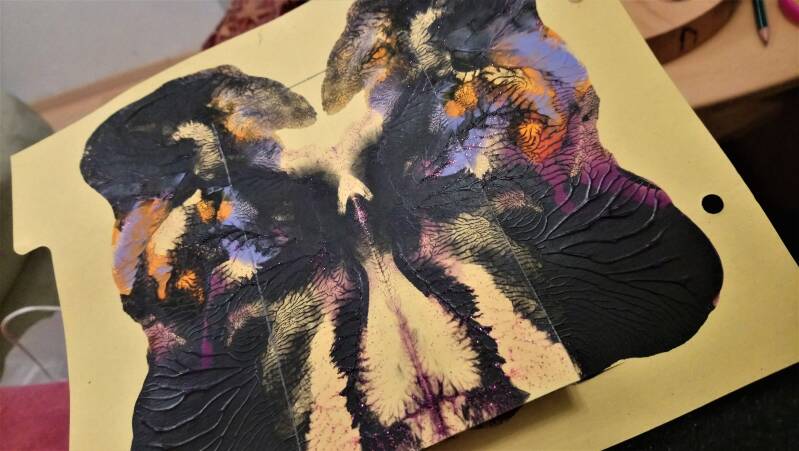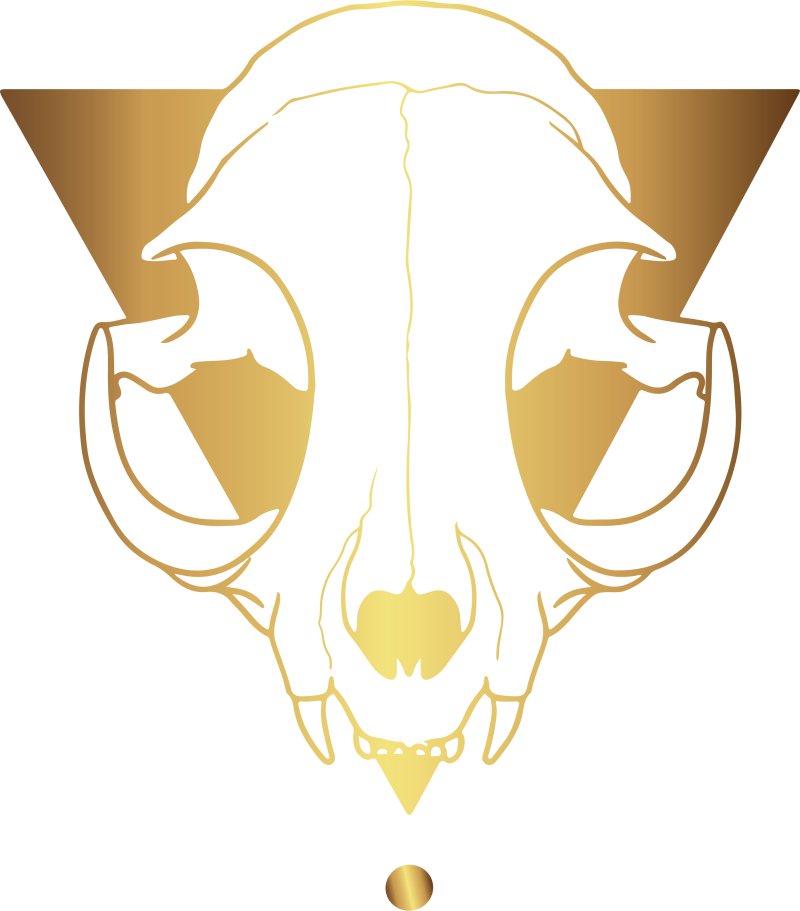The isness tarot
A set of cards out of the ordinary
The Genesis of The Isness Tarot
Traditionally, tarot decks are meticulously illustrated card by card, each designed to embody a specific archetype with clear intent. The genesis of The Isness Tarot, however, follows a distinct and deeply intuitive narrative. Its imagery emerges from a state of grace, flowing naturally from an innate capacity to perceive and manifest the unseen. To understand this origin, it is essential to revisit the pivotal experiences that shaped the foundation of The Isness Tarot.

Birthing of the card 'Death'
The Birth of Creation – The Story
From the age of 15 to 25, the artist worked as a receptionist at a retirement home — a space marked by routine and quiet departures. There, she encountered billing cards bearing the names of residents, routinely discarded upon their passing. With permission, she began collecting these fragile remnants, sensing their hidden potential.
During this time, she was engaged in deep personal healing, working through childhood trauma and ancestral patterns. It was amidst this inner transformation that she discovered klecksography, a technique of folded ink images akin to Rorschach blots. What began as intuitive play soon became an alchemical ritual — a sanctuary where color and form emerged freely, beyond conscious intention.
Without knowing it, she was birthing archetypal images. For two years, these early pieces lay dormant in a box until, prompted by an inner call, she recognized them as the foundation of a tarot deck.
A year later, during another shift at the reception desk, the cards intuitively found their final sequence. And a year after that, they were reborn in a black and gold edition — shimmering with memory, myth, and meaning.

The Emperor card serves as an example of the metamorphosis each card underwent.
5 Additional Cards OF THE ISNESS TAROT
While the deck adheres primarily to the structure of traditional tarot arrangements, there exist a few notable deviations, adding unique energies to the ensemble.
As the cards found their places, a select few emerged, distinct in their resonance, yet seamlessly integrating within the traditional framework. Positioned alongside each other, their essence unfolded, revealing a trio embodying The Goddess, representing the sacred feminine Trinity. These cards are imbued with qualities of intuition, empathy, and nurturing. Symbolized by the phases of the moon—rising, full, and waning—they also encapsulate the archetypal stages of a woman's life: Maiden, Mother, and Crone. The Horned God is their polarity and the Isness card represents the essence of the deck itself, it's namebearer.



The Maiden symbolizes the dawn of new beginnings, embodying purity, youthful vitality, creative potential, and a sense of innocence.
The Mother archetype embodies a sense of fullness and abundance, symbolizing fertility, nurturing responsibility, patient endurance, and profound self-love and acceptance.
The Crone archetype, depicted alongside the waning moon, epitomizes the culmination of fulfillment and the attainment of wisdom born from experience.


The Horned God embodies the masculine aspect within the Tarot deck. In certain traditions, he mirrors the Triple Goddess and thus manifests in three distinct facets: the Warrior, the Father, and the Sage. This card is intertwined with themes of wilderness, nature, primal instincts, sexuality, and the eternal cycle of life.
Isness embodies the essence of What Is, encapsulating the fundamental nature of existence itself.
The Isness card stands as the ultimate addition to the deck, bearing the very name of the tarot set.

The guidebook for The Isness Tarot is presently under development.


Create Your Own Website With Webador